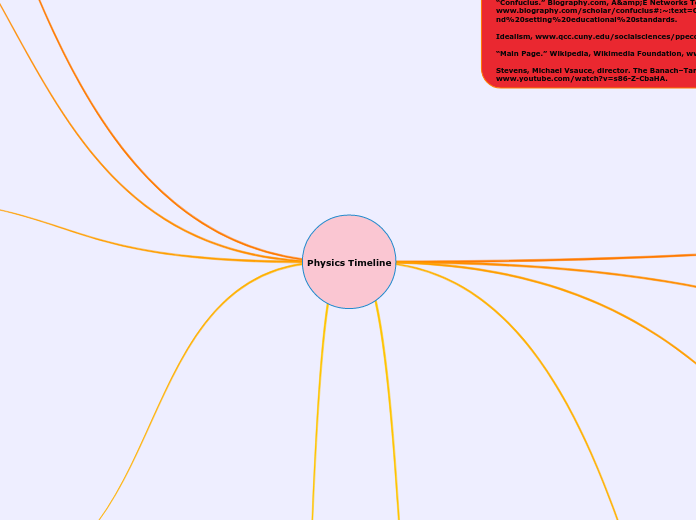da Kal Bri mancano 4 anni
380
Chemistry Definitions
The text provides an overview of basic chemistry concepts, focusing on the composition and classification of matter. It explains how to determine the number of neutrons in an atom by subtracting the atomic number from the mass number.









